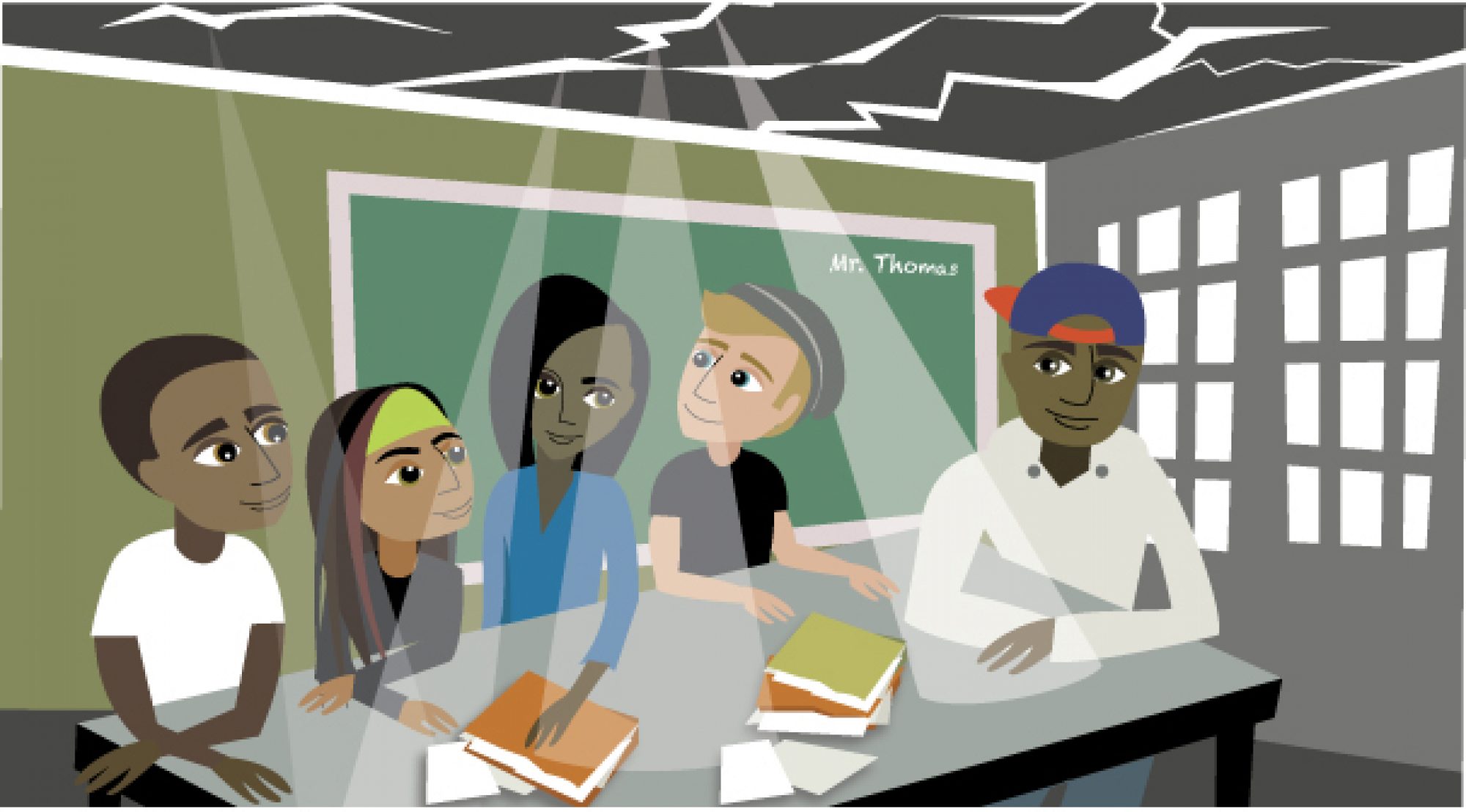Alternative education programs all hold students accountable for learning, but who holds to account those adults and institutions who, to varying degrees, failed the student?
We practitioners in the field of helping at-risk learners succeed have to accept that one of our many hats is that of the advocate. However uncomfortable the role and however sensitive the topic, we have to spell out to policymakers why alternative ed programs cannot be allowed to become dumping grounds for hard-to-reach, hard-to-teach students. Where do we begin to assert influence on the process that leads to placement in an alternative program?
The Tough Talk
Alternative programs are, by their very nature, dependent upon those schools from which come our students. No students, no justification for the program is a common, though shortsighted view held by some policymakers with oversight of regular education schools as well as at-risk programs.
Hoping that these same policymakers seek out the input from alt-ed teachers and program directors, it’s our responsibility to help shape a process that ultimately serves the student we see enrolled in our programs. In practice, however, this involves conveying uncomfortable truths to, at times, those who’ve played a role in creating the cracks through which our students have fallen. Combining diplomacy and accountability can be accomplished through collaboration, specifically through the creation of a checklist to which all parties pledge their fidelity.
Intervention Comes Before Identification
One of, if not the first intervention an at-risk student receives should not be placement in an alternative education program. The possible exception may be the assignment in lieu of expulsion for a single behavioral incident of a serious nature. But even in such cases, it’s likely that responsible adults saw a lack of coping skills, or worse, unreported bullying of the student that contributed to the critical event. Under any of these circumstances, it should be the responsibility of the student’s school of record to determine the likely underlying causes, however bad a light might be shone on that institution.
A record of attempted, good-faith interventions should always accompany any request for placement of a student into an alternative education program. Failure to have in place such interventions shouldn’t be an acceptable excuse for removing a student from his or her regular school. Neither should be a lack of adequate documentation about any attempt to correct a perceived shortcoming of a student.
Hand-in-hand with a record of interventions should be both up-to-date testing data, appropriate IEP of 504 Plan information and summaries of progress in obtaining written goals.
Giving Teeth to the Process
Too often, inappropriate identification and subsequent placement of a student into an alt ed program stem from a fatal flaw in any well-intended process. If the program director is not given an unequivocal, conditional veto over a placement recommendation, further corruption of the process is likely. By conditional, I’m speaking of rejecting a recommendation for failure to adequately document interventions or provide necessary evaluative data for the student.
Finally, in the case of a program rejection of a recommendation, time is of the essence in securing the documentation or reassigning the student to his or her original school. The most unavoidable failure adults can deliver to a student is to delay the continuation of learning because of neglect on the part of those charged with helping the student.
